Seal Impression with Petaled Rosette
Iron Age IIC, Last Third of 7th Century BCE
Image
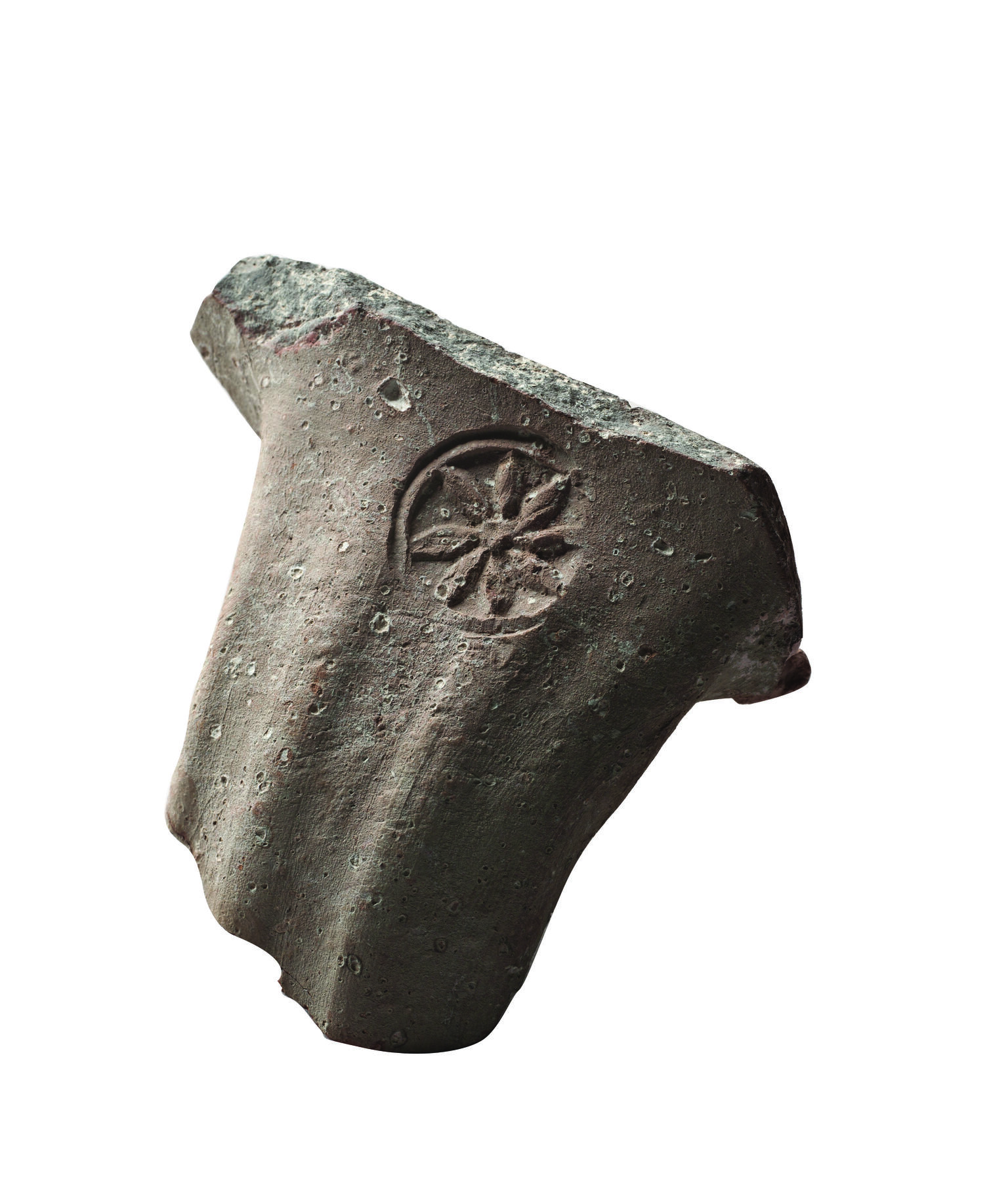
Engage with this Source
Related Guide
Visual Culture and Performing Arts in Ancient Israel
Biblical Period
Evidence for the material culture of ancient Israel comes mostly from artifacts and archaeology and attests to the influence of the great empires that surrounded Israel.
Related Guide
Provenance and Dating of Artifacts from the Biblical Period
Biblical Period
Artifacts help historians reconstruct the past, using layers of excavation to establish the chronology of the sites they excavate.
Related Guide
Carvings from Ancient Israel
Biblical Period
Ornate carvings in bone and ivory were used for decoration in both special and everyday objects in ancient Israel.
You may also like

Seal of Netanyahu Son of Yaush
Found in Jerusalem in the plaza of the Western Wall and possibly made of limestone, the top register of this seal contains a garland of four pomegranates, one of which was damaged when the seal was…
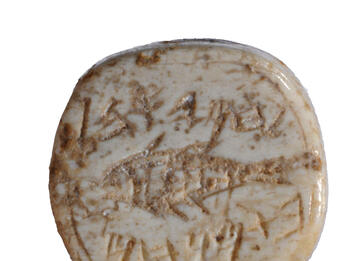
Seal of Hamiohel Daughter of Menahem, with Fish
From Jerusalem, this seal is made of bone. The fish image, a motif known only from Hebrew seals, suggests plenty and fertility (cf. Genesis 48:16) and may also allude to the life-giving nature of…
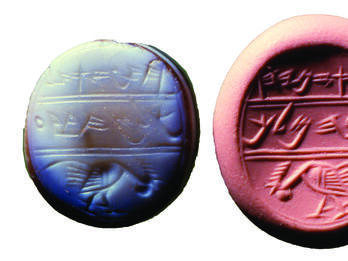
Seal of Yaazanyahu (Jaazaniah), Servant of the King, with Rooster
This agate seal with an image of a rooster was found in a Roman-period tomb at Tell en-Nasbeh (Mizpah), but its script dates it to the late seventh or early sixth century BCE. The bottom register…
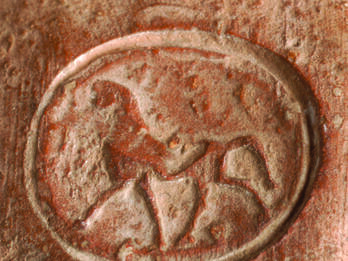
Seal Impression with Prancing Horse
This image, found at En Gedi, depicts a prancing or galloping horse with its head and right foreleg raised. The high level of skill shown in the realistic engraving makes it one of the finest seals…
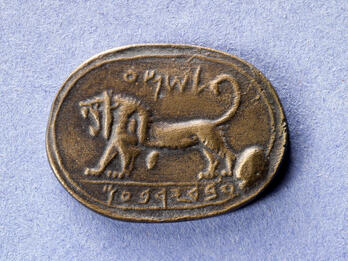
Seal of Shema, Servant of Jeroboam, with Lion
A large lion dominates this seal, appearing between the owner’s name (Shema) and his title (servant of Jeroboam). The lion’s jaws are open and its tail curves upward, making the animal appear larger…
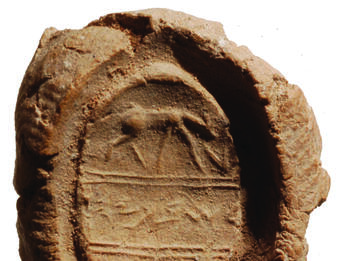
Bulla of Shebanyahu Son of Samak, with Grazing Doe
The top register of this bulla from Tel ‘Eton shows a grazing doe, carved deeply into the seal with a high degree of craftsmanship. Images of grazing or browsing horned animals were popular, appearing…

